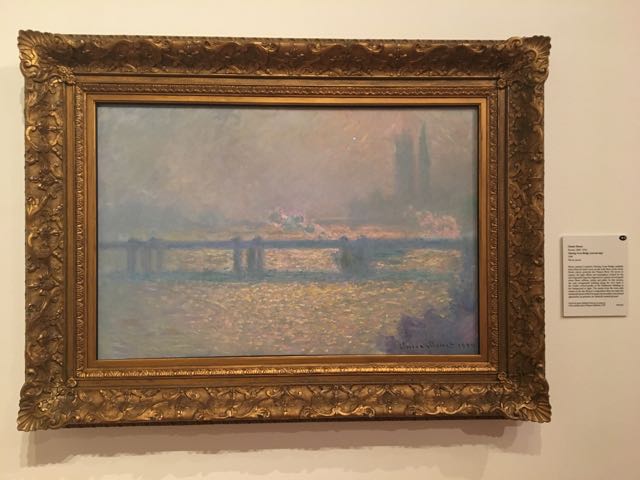Excluded property in BC can be tricky. Generally, excluded property is property owned by one spouse prior to the relationship. Most times, this involves a house that one person bought before they married, or began living together. However, the term “excluded property” also applies to valuable art, inheritance, or other investments obtained before the start of the relationship.
Excluded property is property that the other spouse cannot claim a share in, when a couple separates. However, increase in value of the property is a divisible asset, and your spouse can claim part of it (s. 84 (2)(g) Family Law Act).
For example, Ben owned a house before he met Susan. Ben and Susan marry. At the time of the marriage, Ben’s house is worth $500,000. Susan is never registered as an owner. When Ben and Susan separate, the house is worth $700,000. Susan can claim a share of the value of the house. That share is calculated at 50% of the increase in value. If the increase in value is $200,000, Susan’s share is $100,000.
Even if Ben and Susan do not marry- but live together, the same principles may apply in the cases of cohabitation.
This is not the case in other Provinces. Always ensure that you are obtaining advice applicable in your case. This approach to excluded property was discussed in detail in the 2015 Family Law case Wells v. Campbell.
Creating a Co-habitation Agreement, before or at the outset of living together, can make dealing with assets much easier.
Other property received by one spouse in the course of the relationship is also excluded property. This is most often the case when a spouse receives an inheritance or gift from their family. It can also include personal injury settlements and other third party payments.
Generally speaking, if the asset comes from a third party (and is not obtained by any labour or use of family funds) it is likely excluded property. Property obtained as the result of the sale of excluded property is also excluded property.
For example, Ben receives a gift of a painting from his uncle. This is excluded property. Ben sells the painting and invests the money in a GIC. The principal amount of the GIC is still excluded property. However, the interest earned is divisible.
When people run into trouble, it is usually when the value of the excluded property was at the commencement of the relationship is unclear.
For example, after Ben and Susan separate, Ben asserts that the value of the home at the time of the marriage was $500,000. Susan says that it was $400,000. If you use Susan’s valuation, she is entitled to an additional $50,000 interest in the house.
For more information on excluded property, click Here.
The best way to avoid problems is to have an agreement on the value of your excluded assets at the time of the marriage. This does not need to be a formal document. A list of items with agreed values is sufficient.
In some cases, spouses are reluctant to bring these sorts of issues up at the commencement of a relationship. If you are dealing with real estate, or property of significant value, you should obtain appraisals of the asset(s). In the event of separation, a bit of forward planning can save thousands of dollars, and reduce the conflict overall.
Michael Butterfield
Collaborative Lawyer and Mediator
Arbitrator and Parental Co-ordinator

